White Sands desert in New Mexico)
In the heart of the Tularoza Valley in the US state of New Mexico is one of the most beautiful natural wonders of the world - the desert of White Sands. The Apache Indians gave her a more poetic name - "porcelain". It lies at an altitude of 1291 meters above sea level, surrounded by the mountains of San Andreas and Sacramento. Porcelain desert covers a huge area - more than 710 km² - and is a national monument of the United States. In addition, it is the largest deposit of gypsum sand dunes in the world.
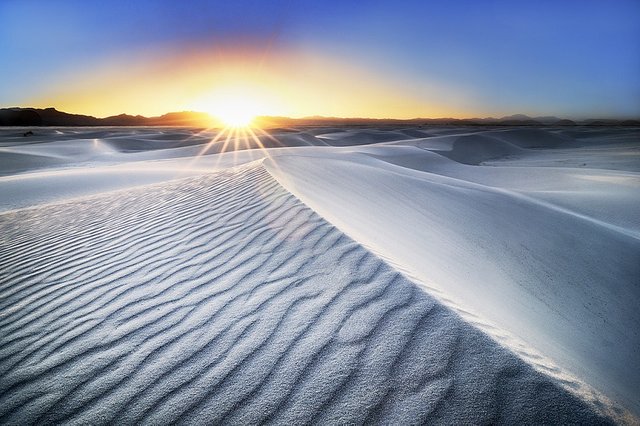

Snow-white undulating hills, barkhans and ridges, like drifts of eternal snow, actually consist of the smallest gypsum crystals called selenite. Usually such crystals dissolve in water, but as water does not flow to the desert, the gypsum, which is washed away by downpours from the mountains surrounding the desert, settles on the surface of the valley in the form of snow-white grains of sand. Unlike ordinary sand, selenite does not absorb, but reflects the sun's rays, which allows you to walk on the whitish dunes barefoot even on the most hot summer days.


Its origin is the desert of White Sands due to the sea, which was about 100 million years ago in this territory. The sun's rays gradually drained it, forming small lagoons.
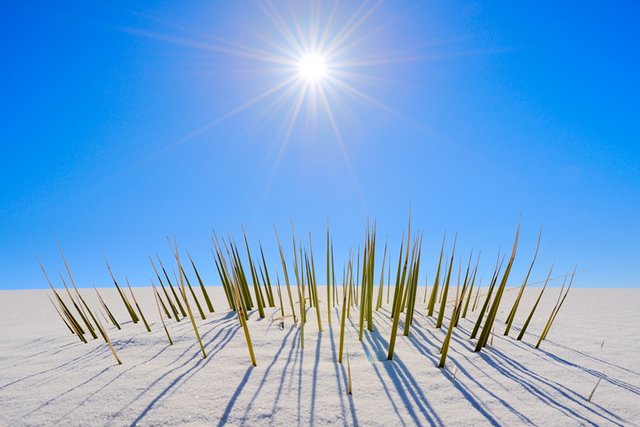
Since they were cut off from water, salt lakes soon formed in their place. The hot Mexican sun persistently evaporated the last remnants of liquid from the reservoirs, as a result of which selenite began to precipitate, becoming the place of the once lying watery surface. Thus, a huge area was covered with white gypsum.
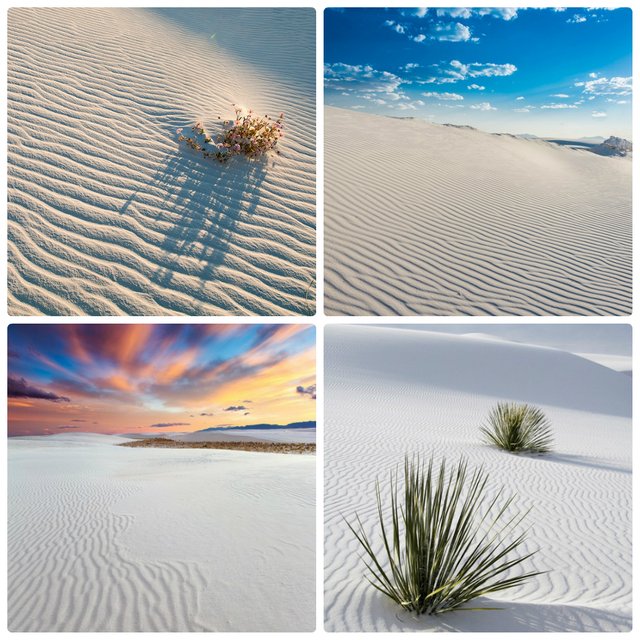
The animal world of the White Sands desert also can not boast of a wide variety, and rare inhabitants prefer to live in border areas. In the central part, you can find only small lizards of unusual light gray color and rat white rats, which allows them to hide from the gaze of birds of prey.

Such representatives of the world of fauna as skunks, meadow wolves, shrews and porcupines are found at the foot of the mountains and on the edge of the desert. Ornithofauna in the Porcelain Desert is represented by woodpeckers, earthen and cacti owls, hummingbirds, etc.
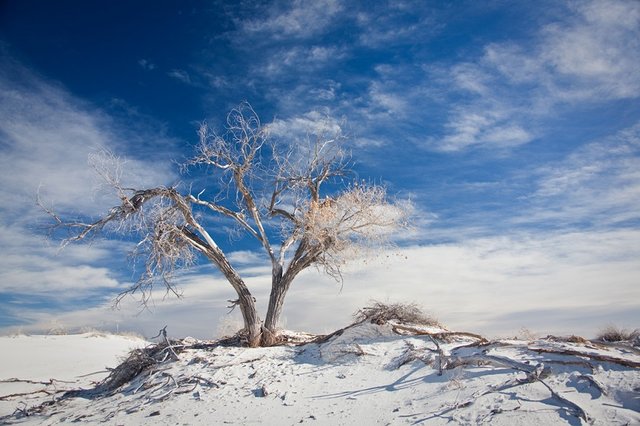
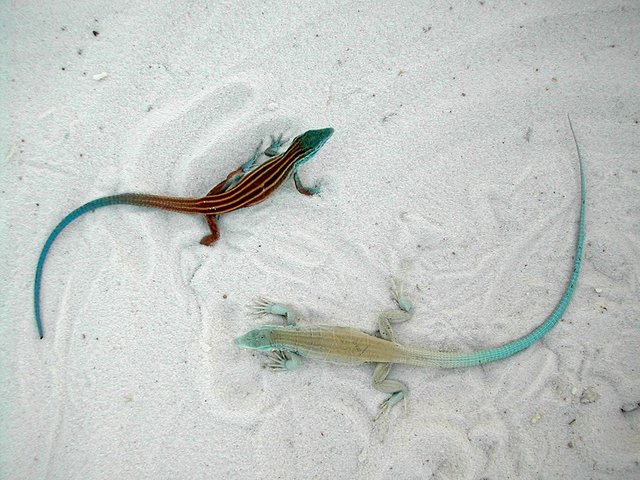

Thanks a lot to the site http://udivitelno.com/ for kindly provided photos!
Thank you for watching!
Follow me @lada94
Wow...stunning
Ohh, thank you so much)))
Visited long ago, and did not take any photos
Seeing your photos and post make me want to return!
So You have good goal to return and do amazing photos)))